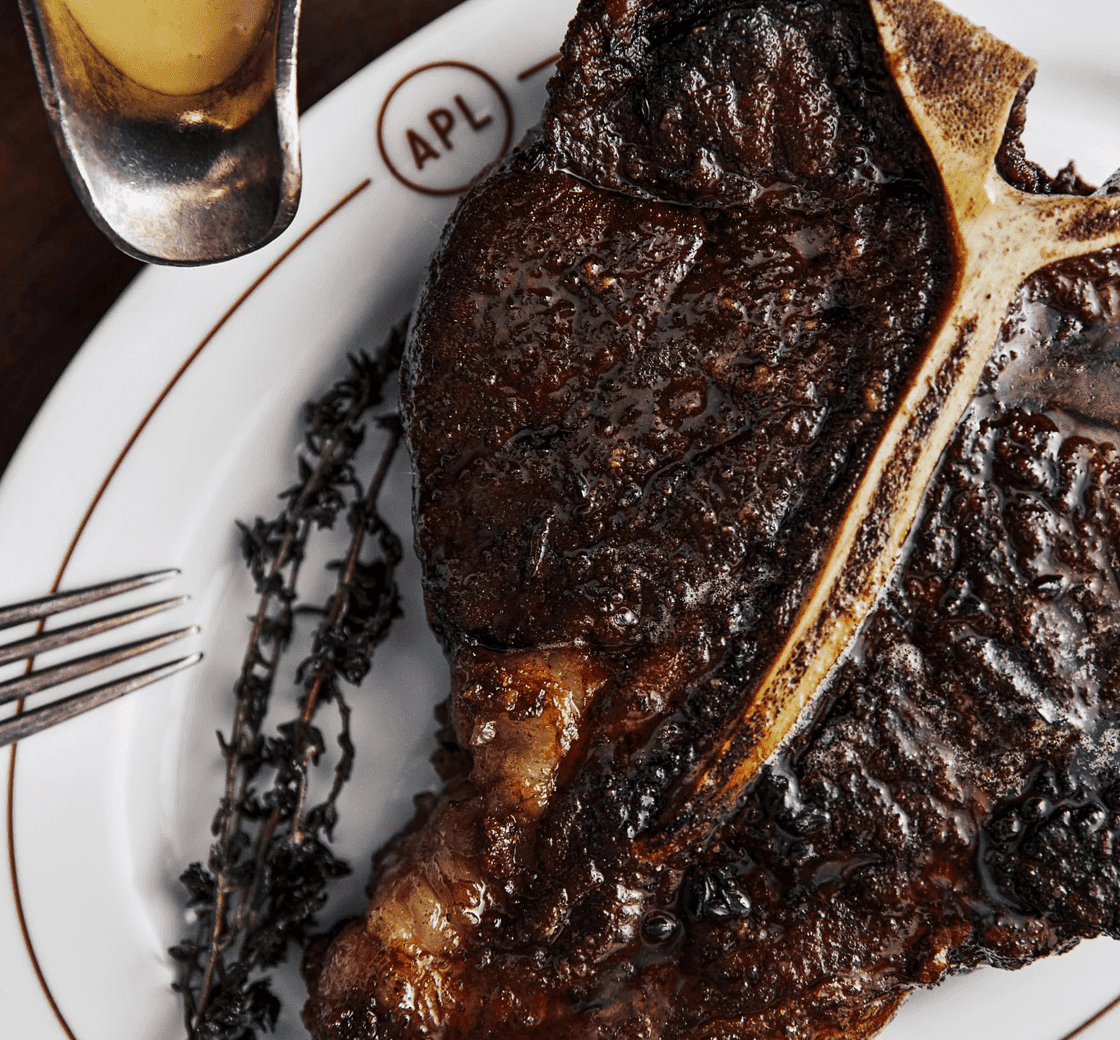
If you can't get enough of the wonderful steaks, salads, and sides at Gotham's top eateries, join us for this follow-up to one of our most popular classes, The Great New York Steakhouse. In this iteration, we expand upon the classic dishes served at the most celebrated chophouses in this gastronomic city. On your menu: clams casino; wedge salad; filet mignon au poivre with cognac cream sauce; hand-cut fries and grilled asparagus.

You will work in teams to execute the class menu. At the end of class, participants gather to enjoy the food they have prepared. Wine is served with meals in most classes. All class menus are subject to change. While a snack platter is offered in both morning and evening classes, you may want to consider a light snack before joining us for class. Students are encouraged to bring a light lunch or dinner to all pastry classes.

You will work in teams to execute the class menu. At the end of class, participants gather to enjoy the food they have prepared. Wine is served with meals in most classes. All class menus are subject to change. While a snack platter is offered in both morning and evening classes, you may want to consider a light snack before joining us for class. Students are encouraged to bring a light lunch or dinner to all pastry classes.
Learn how to make scrumptious dumplings from a wide range of Asian traditions --- all hands-on. We'll also create perfect dipping sauces in each tradition. Together, you'll make and dine on: steamed shrimp shao mai with orange dipping sauce; deep-fried chicken wontons; vegetable gyoza with spicy dipping sauce; and pork and chive dumplings.
Learn everything you need to know to recreate that quintessential New York staple, the bagel! Make everything you love about brunch, from the fixings to the bagels to the boozy beverages. We'll make: bagels (in multiple flavors: everything, salt, sesame, poppy seed); bagel fixings (scallion cream cheese, tomatoes, onions, capers, lox); whitefish salad; and Bloody Marys to wash it all down.
Working in teams of two, each student will finish and take home two of the following cakes: vanilla mocha latte with mocha ganache and espresso buttercream; triple chocolate cake with dark chocolate cake, white chocolate ganache, chocolate frosting; chocolate chip cookie dough with edible cookie dough filling and vanilla buttercream; Ferrero Rocher cake with praline ganache and feuilletine crunch and chocolate ganache frosting.
Ranked as America’s Best Culinary School (USAToday 2019), our roster of Chef-Instructors have run top kitchens around the globe.
| (Separate multiple addresses with commas like: john@aol.com, jane@aol.com) | |